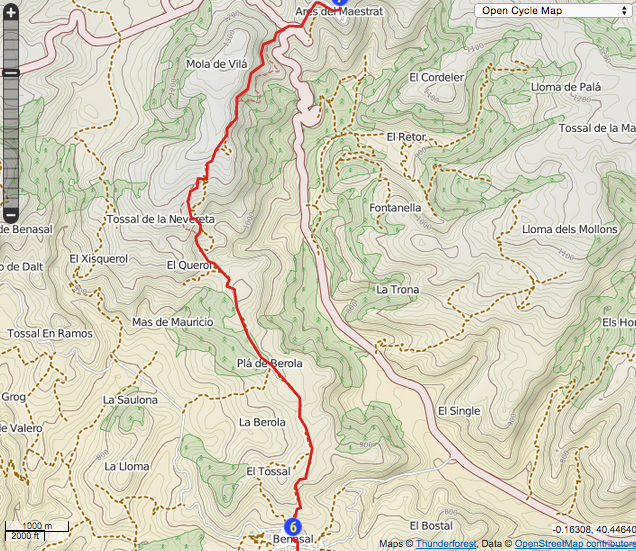I'm now in Hall, Austria and about to start a 23 day trip which will hopefully provide me with everything I need to finish my second walking guide and the material needed for a third. Sadly I'm on my own. After last year's heroic efforts negotiating fixed steel cables on the Munich Venice trip, Christine, a couple of weeks ago, hit the bedroom floor with a bump and broke not one but two bones in her foot. We were days away from the start of a 9 week schedule which included trips to the Alps and the Himalayas, plans that have now been scrambled.
Leaving Christine hobbling about at home, the revised plan involves 4 days crossing the Tuxer Alps, completing a couple of stages I missed last year because of bad weather. I'll then travel on to the Civetta Alps. I'll spend 3 days there trying a non-via ferrata route down to Belluno. Without this it's impossible to walk from Munich to Venice without a helmet and a harness.
Having filled the in the gaps for the Munich Venice guide (the manuscript has to be with Cicerone before Christmas) then it's off to Sillian for a walk along the Carnic Ridge. This is the second time I've done this walk and, although not on the epic scale of Munich to Venice, the Karnisher Höhenweg is very popular amongst German and Austrian hikers but almost unknown in the Anglo Saxon world. It's a hike than can be completed comfortably in 8 days but I'll be walking some of variants making for a longer trip.
Despite mostly walking alone from Tarifa to Budapest I much prefer to walk with Christine. A shared adventure is a shared memory and piecing together the details of summer trips cheers up the dark wet winter days in Brighton. Christine is useless at navigation but brilliant at spelling and punctuation and the quality of my blogging output goes down when she's not there.
The metatarsal mangling has produced just one upside. We should have been in Hall 10 days ago but it's been raining here almost continually for two weeks. The weather forecast for the next four days looks excellent and with any luck I'll get the photographs I need for the book. It's just a shame that none of them will feature Christine.
 |
| 5.5 kg |












